When it comes to dog photography, telephoto-lenses are probably the most used and preferred since they are very versatile and allow you to work from a distance and not disturb the dogs.
A lens with a fixed focal length is a less obvious choice already but I want to go a step further and present a wide angle lens that I really love working with: Nikon 20mm 1.8. (yes, again Nikon since I can only write about what I use, but other brands are of course fine too).
This wide angle lens became one of my top favorites in a relatively short period of time and I drag it with me on almost every walk and hike. Although zoom lenses are very comfortable to use (no need to change lenses), I absolutely adore the image quality and bokeh of prime lenses. I’ve tested multiple zoom-lenses before and none of them can provide me with the same (or better) sharpness or speed.

The wide angle lens:
A wide angle lens has a focal length that is shorter than 35mm and the outcome of its images are the opposite of what you would get with a telephoto-lens. The latter will compress the elements of your image and brings your subject closer while the wide angle will pull the elements apart and make far away elements appear much smaller. The wide angle emphasizes the wideness of the scene and might create distortions (depending on lens and focal length).
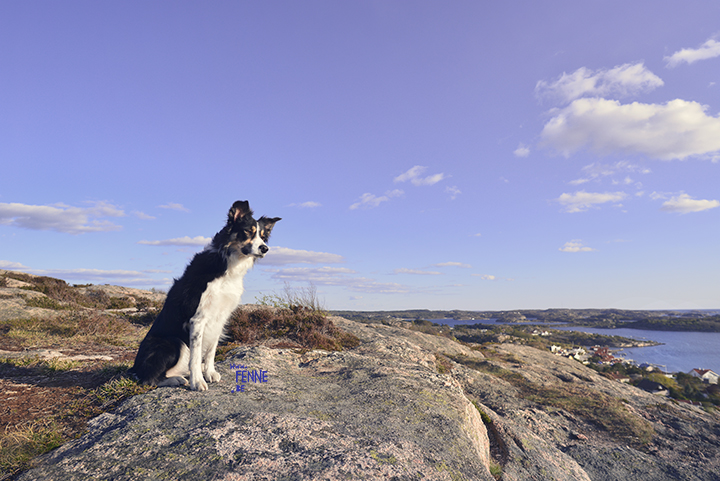
You might wonder why I love this lens so much when you hear about the lack of zoom and possible distortions. To some this would be vexatious, but I’m on the other end of the spectrum.
These distortions provide the image with a unique dynamic that drag the viewer into the image. You can feel hat with this lens you can’t create and image as an outsider looking in. As the creator you are a part of the action, of the moment in which the image was created. No sneakiness with this lens!
This lens is also very fast and very sharp. With an aperture of 1.8 I can even photograph in low light situations and still get a sharp shot. Also having no zoom, I only need one hand to handle the camera while the other hand can throw cookies or wave with sticks — or whatever is needed 🙂
Being so close on your subject but still having information in the background creates storytelling images.
The two images below were made at the same location and more or less at the same time. The first was created using the 20mm and for the second image I used a 85mm lens. In the first image are subject and background equal. The background is part of the story as a dynamic protagonist. The background places the main subject in time and space.
The second images focuses very clearly on the action of the subject. The blurry background could be almost anywhere. The location becomes inferior to the subject and even interchangeable.
You might have a preference and that’s just fine, but there isn’t one better than the other. Both are different approaches of the same subject and to me personally that works perfect as variation. Sometimes I just want a nice portrait of my dogs without distractions, another time I want to include the beauty of the surroundings. And sometimes I don’t want to choose 🙂
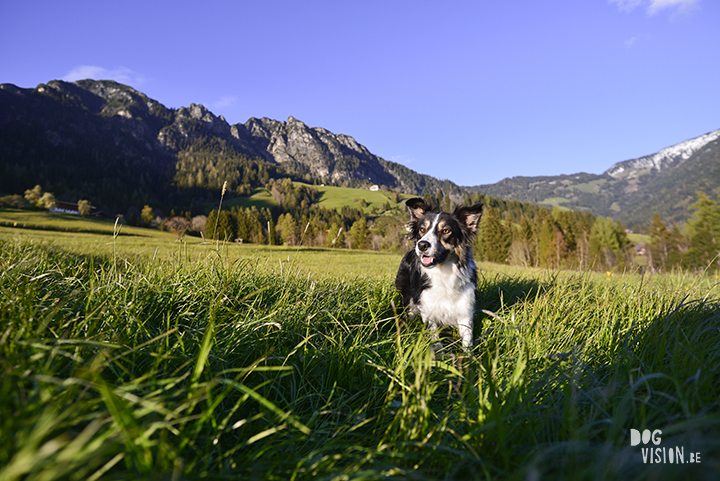
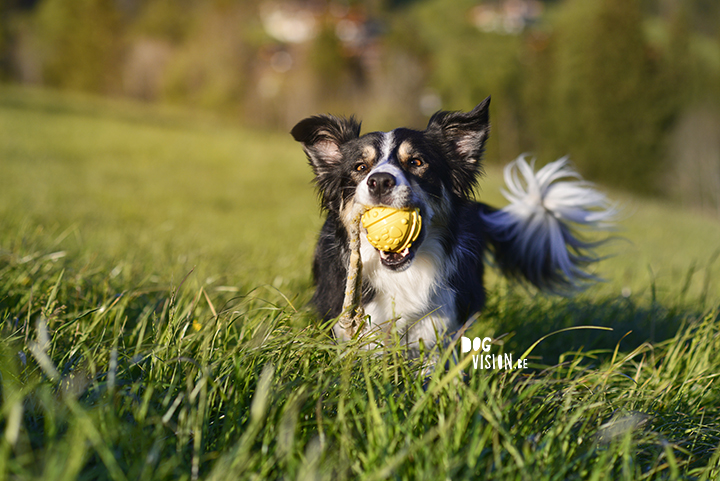
Wide angle pro:
– very useful in a small space
– fast
– sharp
– beautiful bokeh
– fits well for a documentary style
Wide angle contra:
– when dogs take off, you need to use your legs
– with low light conditions you have to pay attention to your own shadow
– not useful when working with a shy or timid dog since you have to come very close.
You can find more tips & tricks on the DOGphotography 101 page and of course e-mail me with all your questions regarding dog photography.
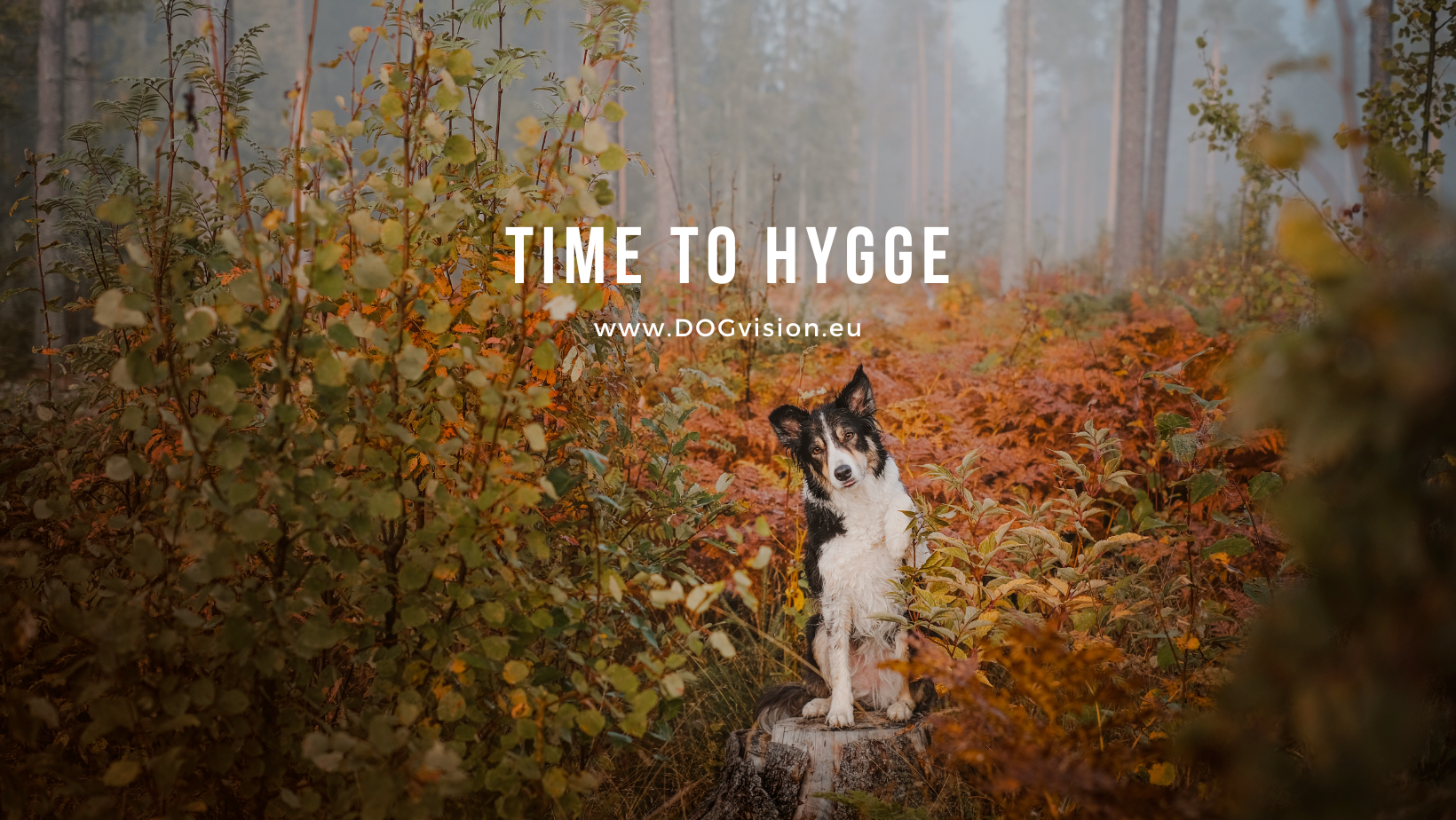
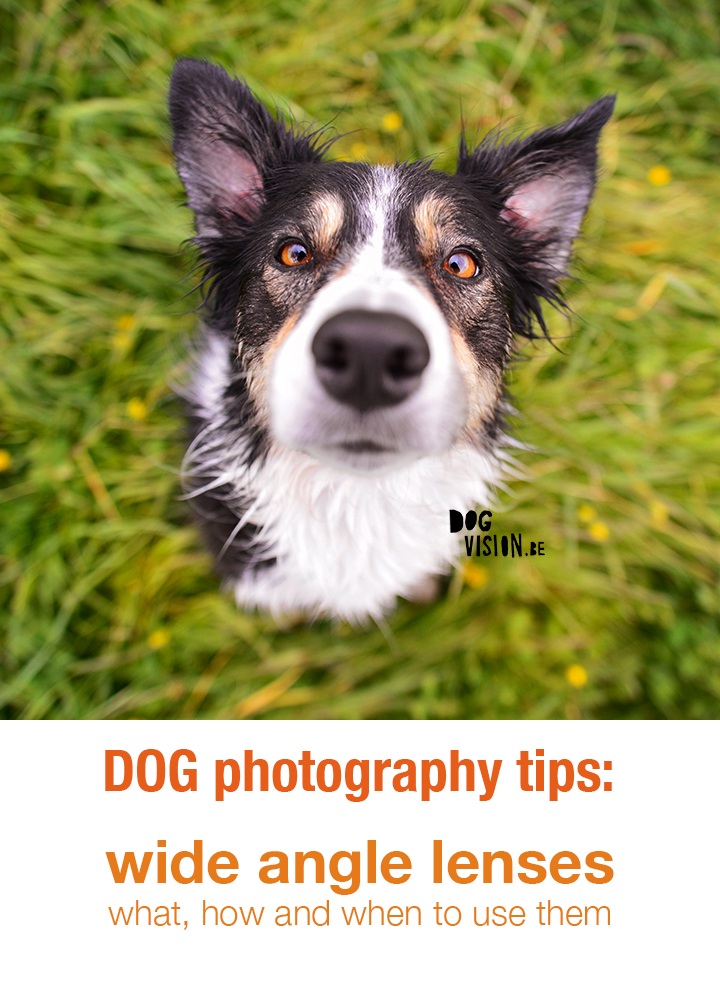


4 Comments
Pingback: Dog photography 101 – DOGvision
Pingback: Photographing dogs indoors – DOGvision
Pingback: Lightroom basics for dog photography – DOGvision
Pingback: Photographing dogs indoors – DOGvision